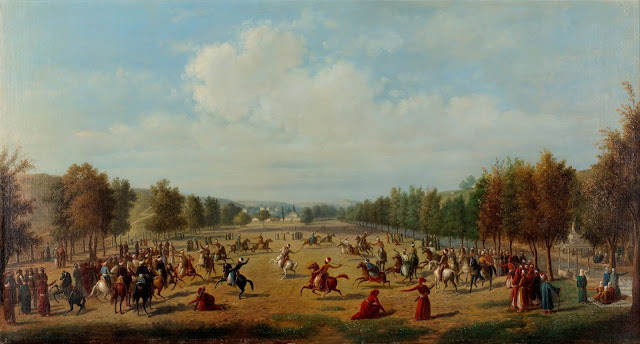Turkish "Tombak" Helmet with Kayı Seal "Tamga"

Turkish Ceremonial Helmet Turkish Ceremonial Tombak (Copper alloy) Helmet stamped with the Kayı tribe Tamgha, late 16th century. A tamgha (stamp, seal) is an abstract seal used by Turks as the emblem of a particular tribe. The KAYI tribe (Turkish: Kayı boyu) is a sub-branch of the BOZOK Tribal federation of OGHUZ Turks. Osman I, founder of Ottoman Dynasty was a hereditary leader in the Kayı tribe. Royal arsenal of the Ottoman Dynasty used Kayı Tamgha as it’s distinctive mark on every kind of weaponry. Türk Merasim Miğferi Kayı Boyu damgalı, Türk Merasim Miğferi, Tombak, geç 16. yüzyıl. Tamga (Damga) Türkler tarafından belirli bir boyun amblemi olarak kullanılan soyut bir mühürdür. KAYI boyu Oğuzların BOZOK koluna dâhil bir alt boydur. Osmanlı hanedanının kurucusu Osman Gazi, Kayı boyunun Beyidir. Osmanlı Hanedanı silahhanesinde Kayı Damgası ayırt edici işaret olarak her türlü silah ve askeri teçhizat üzerine vurulmuştur.







